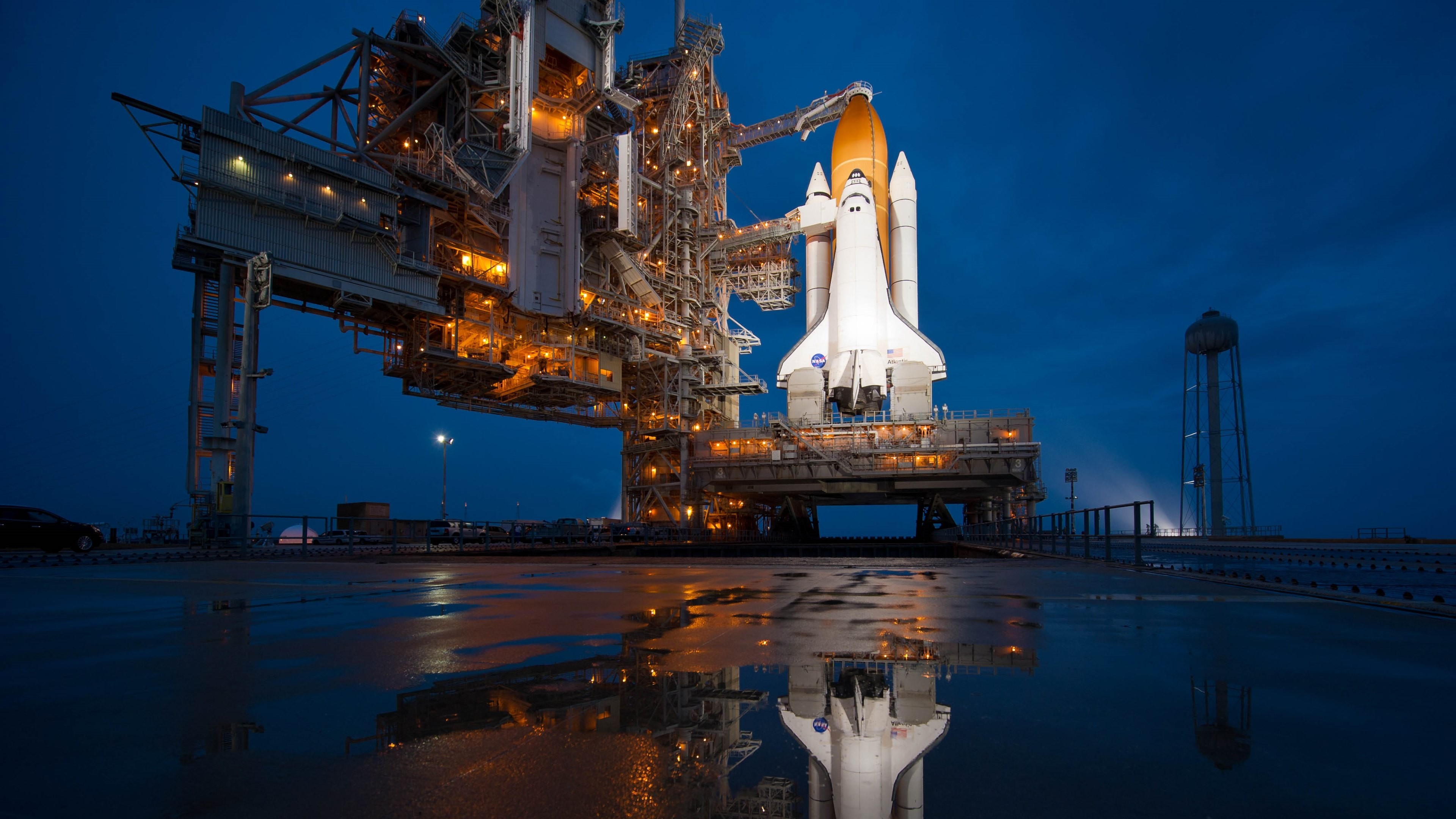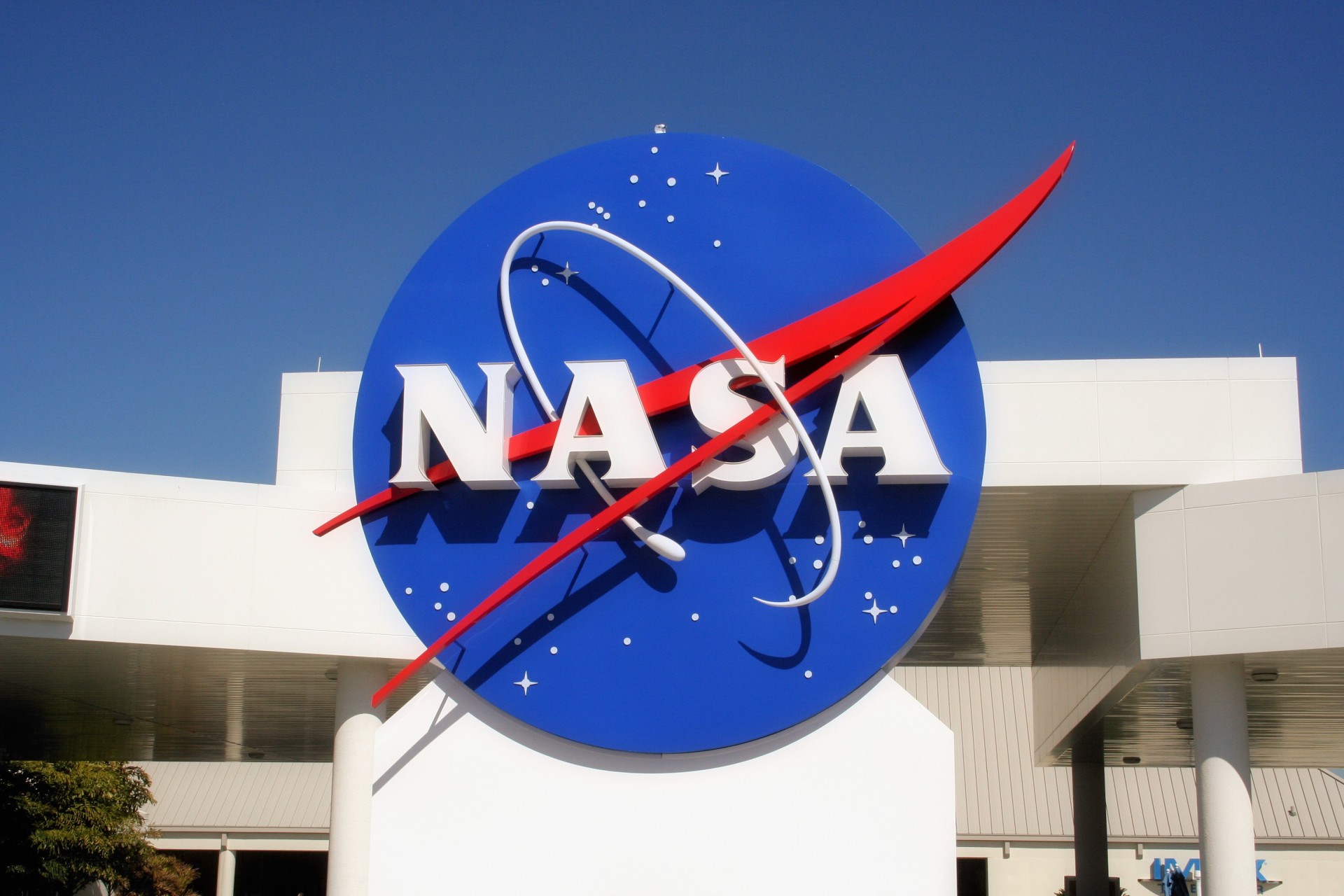Consider for a moment, just for a second, when the quiet calm of space turns into something else entirely for those brave folks far from home. It's a thought that, you know, makes you pause, especially when we consider the incredible people who push the boundaries of where we can go, reaching out into the big, wide unknown.
This kind of situation, the idea of our space explorers facing an unexpected challenge light years away, is something that, like, stays with us. It highlights the sheer scale of the universe and the tiny speck we are within it, but also the enormous efforts made to keep everyone safe.
It makes us wonder, doesn't it, about the systems and the people who work tirelessly to support these missions, even when things might not go exactly as planned, or if astronauts were to find themselves in a bit of a pickle out there. Basically, this is what NASA works to prevent and prepare for.
Table of Contents
- What Does NASA Do When Astronauts Face Trouble?
- Keeping Watch - How NASA Stays Connected with Astronauts Stuck in Space
- The Story Behind the Scenes - NASA's Long History of Space Work
- A Treasure Chest of Information - NASA's Image and Video Library
- How Does NASA Inspire Us Through Discovery?
- What About Protecting Life on Earth?
- The Beginnings - When Was NASA Created?
- What Kind of Technology Does NASA Show Off?
What Does NASA Do When Astronauts Face Trouble?
When we think about folks way up in space, the idea of them getting into a tight spot is something that, you know, can make us feel a bit uneasy. But NASA, the United States's civil space program, is built around making sure those who venture out are as safe as can be. They are, in fact, an independent agency of the US federal government, and their work is all about making sure space exploration, scientific discovery, and aeronautics research happen as smoothly as possible. So, if astronauts were to find themselves in a situation where they were stuck in space, the whole organization would shift its focus to getting them back or figuring out a solution. Their website, Nasa.gov, is where you can find the very latest updates, pictures, and videos from this agency. This public-facing part of their work would become a central point for information, keeping everyone informed about what is happening and what steps are being taken. They really do put a lot of thought into every single mission, trying to think of everything that could possibly go wrong and how to fix it, or how to keep it from happening at all. That, in a way, is a huge part of their daily routine, even when things are going just fine.
Keeping Watch - How NASA Stays Connected with Astronauts Stuck in Space
Staying in touch with people who are so far away, perhaps even those who might be stuck in space, is a really big deal for NASA. They have ways to make sure the lines of communication stay open, which is absolutely vital in any sort of situation that might be a little bit tricky. One of the main ways they do this is through their own streaming service, Nasa+, where you can watch live television broadcasts. They also use their social media channels, which, you know, are pretty much everywhere these days. There is a schedule of upcoming live events, and you can follow along with those. This means that if something unexpected were to happen, like if astronauts were to get stuck in space, these channels would be used to share information, to coordinate efforts, and to keep the public aware of the situation. It’s pretty clear that they put a lot of effort into making sure they can talk to their crews at all times, no matter what. They have to be ready for anything, and having these direct ways to communicate is a huge part of that preparedness. So, in some respects, their media outreach is also a key part of their operational safety plan.
The Story Behind the Scenes - NASA's Long History of Space Work
For more than 65 years, this group, the National Aeronautics and Space Administration, has been doing things that seemed, well, pretty much impossible. Their long history means they have seen a lot, learned a lot, and built up a huge amount of knowledge about space and how to operate in it. This deep well of experience is something that, like, really comes into play if astronauts were to find themselves stuck in space. All those years of exploring the unknown in air and space, of figuring out new ways to do things for the benefit of all of us, and of inspiring people around the globe through what they discover, it all adds up. It means they have a lot of practice dealing with difficult situations, because space, by its very nature, is a place full of surprises. They have been at this for a very long time, always pushing the limits of what humans can do and where we can go. This long-standing commitment to pushing past what we know is, arguably, one of their greatest strengths, giving them a foundation of knowledge to draw upon for any challenge, big or small, even if it involves astronauts stuck in space.
A Treasure Chest of Information - NASA's Image and Video Library
Imagine, if you will, a vast collection of pictures and videos, all put together in one place where you can easily look for what you need. NASA has something just like that, their image and video library, and it is a really amazing resource. Users can get content in all sorts of different sizes and resolutions, and they can even see the details about each piece of media. This library is not just for pretty pictures, though. It holds a lot of valuable information that could be quite important if, say, astronauts were to find themselves stuck in space. These visual records could help engineers on the ground understand what happened, or perhaps even figure out a way to fix a problem from afar. The details attached to each image or video, the metadata, can tell a story about the conditions, the equipment, and the environment at the time the media was created. So, this resource, while seemingly just a collection of media, is actually a pretty important tool for analysis and problem-solving, something that could be used in a real pinch. It's a bit like having a visual history of every mission, ready to be consulted at a moment's notice.
How Does NASA Inspire Us Through Discovery?
NASA does more than just send people and machines into the sky; they really do inspire people everywhere through what they find out. They explore places we have never seen, and they find new ways to do things that help all of us down here on Earth. This spirit of wanting to know more, of pushing the boundaries of what is possible, is what drives them. It is what makes them so special. When we hear about their discoveries, whether it is a new picture of a distant star or a fresh piece of information about our own planet, it makes us think about our place in the bigger picture. This inspiration is a huge part of why so many people follow their work, and why there is such widespread support for what they do. Even if astronauts were to face a tough time, perhaps stuck in space, the public's connection to NASA's mission, built on this sense of wonder and discovery, would mean a lot of people would be pulling for them. It is a shared human experience, this looking up at the sky and wanting to know what is out there, and NASA helps us all do that.
What About Protecting Life on Earth?
It might seem like NASA is always looking outward, trying to discover secrets of space and the origins of the universe, or even searching for life elsewhere. And they do, in fact, do all of those things. But a really important part of what NASA science aims to do is to protect and improve life right here on Earth. This means they study our planet, they look at how things are changing, and they try to understand what we can do to make things better for everyone. This kind of work, while not directly about astronauts stuck in space, is connected to the bigger picture of why we explore. The technology and the knowledge gained from going to space often find their way back down to Earth, helping us solve problems in our daily lives. So, the very same agency that sends people far away is also looking out for us right here at home. It is a pretty broad mission, really, covering everything from the tiniest details of our planet's atmosphere to the biggest questions about the cosmos, and all of it is done with a purpose that, you know, makes a lot of sense.
The Beginnings - When Was NASA Created?
NASA, as a governmental agency, came into being in 1958. It was established for the purpose of doing research and development on vehicles and activities for space exploration. This means that for a really long time, over six decades, this group has been at the forefront of what we do in space. They were created largely in response to certain events of the time, and their establishment marked a really important moment in history for the United States. Knowing this background helps us see that NASA is not just a new idea; it is an organization with a deep foundation and a long track record of working on some of the most complex challenges humans have ever faced. This history of problem-solving and innovation would be incredibly important if, for example, astronauts were to get stuck in space. The accumulated knowledge, the established ways of working, and the experience of so many people over so many years would all be brought to bear on such a situation. It is a pretty comforting thought, really, to know that such a well-established group is looking out for our space travelers.
What Kind of Technology Does NASA Show Off?
NASA is always working on new and interesting things, and they often show off what they are learning or what they are building. In technology demonstrations, they put new ideas and equipment to the test. This means they are constantly trying out new ways of doing things, pushing the boundaries of what is possible with machines and systems. These demonstrations are a way for them to see if a new piece of gear works as it should, or if a new method of operating is truly effective. This kind of work is really important for the safety of those who go into space. By trying out new things in controlled ways, they can make sure that future missions are even safer and more reliable. So, if astronauts were to find themselves stuck in space, the very fact that NASA is always experimenting with and showing off new technologies means they are always looking for better solutions, better ways to fix things, and better ways to prevent problems from happening in the first place. It is a continuous process of learning and improving, which is, you know, a very good thing for everyone involved in space travel.


